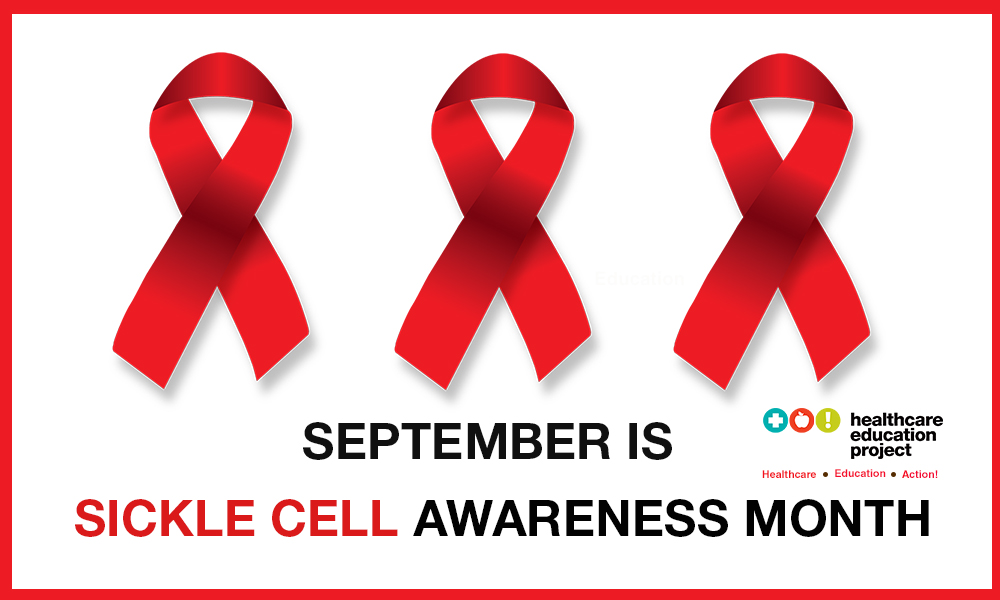

September is Sickle Cell Disease Awareness Month—a good opportunity to provide statistics about this deadly disease.
What is Sickle Cell Disease?
Sickle Cell Disease is a genetic disorder in which patients have deformed red blood cells (known as sickle cells). These cells die earlier than normal, healthy blood cells, causing a red blood cell deficiency.
What are the symptoms of Sickle Cell Disease?
The following are common symptoms of Sickle Cell Disease:
Treatment
While Sickle Cell Disease is largely untreatable, there are a number of ways to manage the disease effectively. These include:
Useful Statistics